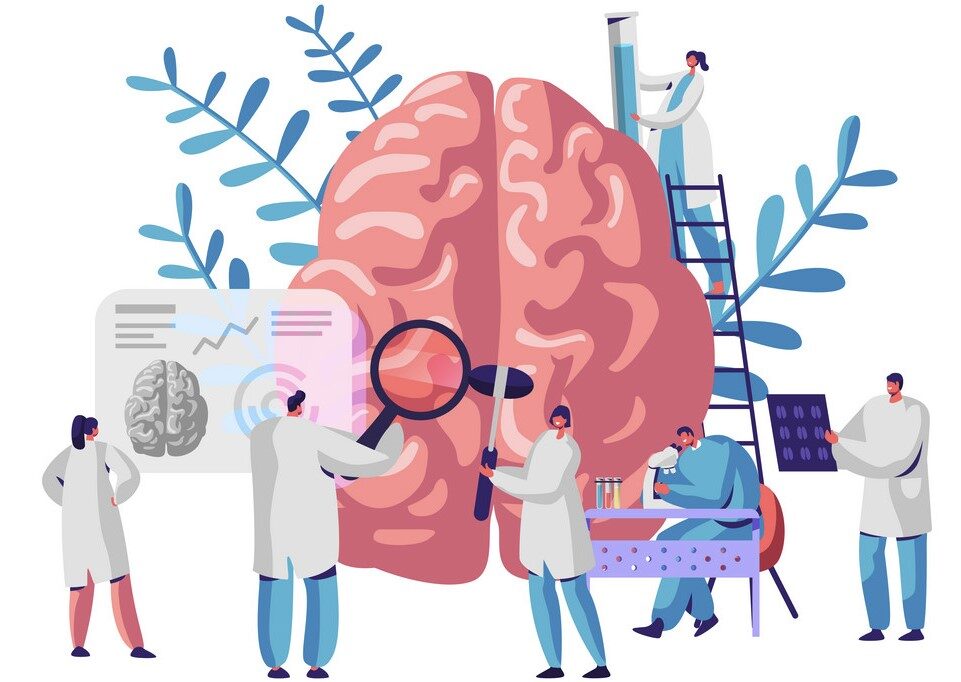
RESEARCH
More than 300 research studies have been conducted using Scientific Learning software. These studies demonstrate the effectiveness of the Fast ForWord software, which incorporates brain fitness exercises to improve reading skills, including the Reading Assistant Plus software that targets fluency. They show the impact of the product on diverse populations and in a variety of settings. Across all the studies, data from more than 100,000 students at 1,000 schools have been analyzed.
No other reading and language intervention program has been as thoroughly researched and reviewed as Fast ForWord. The program has more than 55 patents in neuroscience and education and more than 300 research studies verifying its effectiveness .Some of the most impressive independent research comes from Stanford and Harvard and shows actual physiological changes in the brain after struggling readers used Fast ForWord.
Fast ForWord Dyslexia research
In this study conducted at Stanford University, children with dyslexia (reading problems) experienced changes in their brain activation patterns and significant improvements in reading and language skills following Fast ForWord participation.
Brain imaging scans of children with dyslexia (reading problems) who used the Fast ForWord Language program showed normalisation of activity in critical areas of the brain used for reading. Furthermore, the children showed significant improvements in reading and oral language skills improving on a number of assessments.
Methodology and measures
The study included children with dyslexia aged 8 to 12 years, who used the Fast ForWord Language program for eight weeks. Before and after Fast ForWord Language participation, their brains were scanned using functional magnetic resonance imaging (fMRI) at Stanford’s Lucas Center for Magnetic Resonance Spectroscopy. At both time points, their language and reading skills were measured using the Woodcock Reading Mastery Test – Revised (WRMT-R), the Clinical Evaluation of Language Fundamentals, Third Edition (CELF-3), and the Comprehensive Test of Phonological Processing (CTOPP). A control group of children with normal reading abilities also had their brains scanned, and completed the same test battery at both time points, but they did not use the Fast ForWord Language program.
Source
Temple, E., Deutsch, G. K., Poldrack, R. A., Miller, S. L., Tallal, P., Merzenich, M. M., Gabrieli, J. D. (2003). Neural deficits in children with dyslexia ameliorated by behavioral remediation: Evidence from functional MRI. Proceedings of the National Academy of Sciences, Vol. 100, No. 5: pp. 2860-2865.
Cart
Cart is empty.